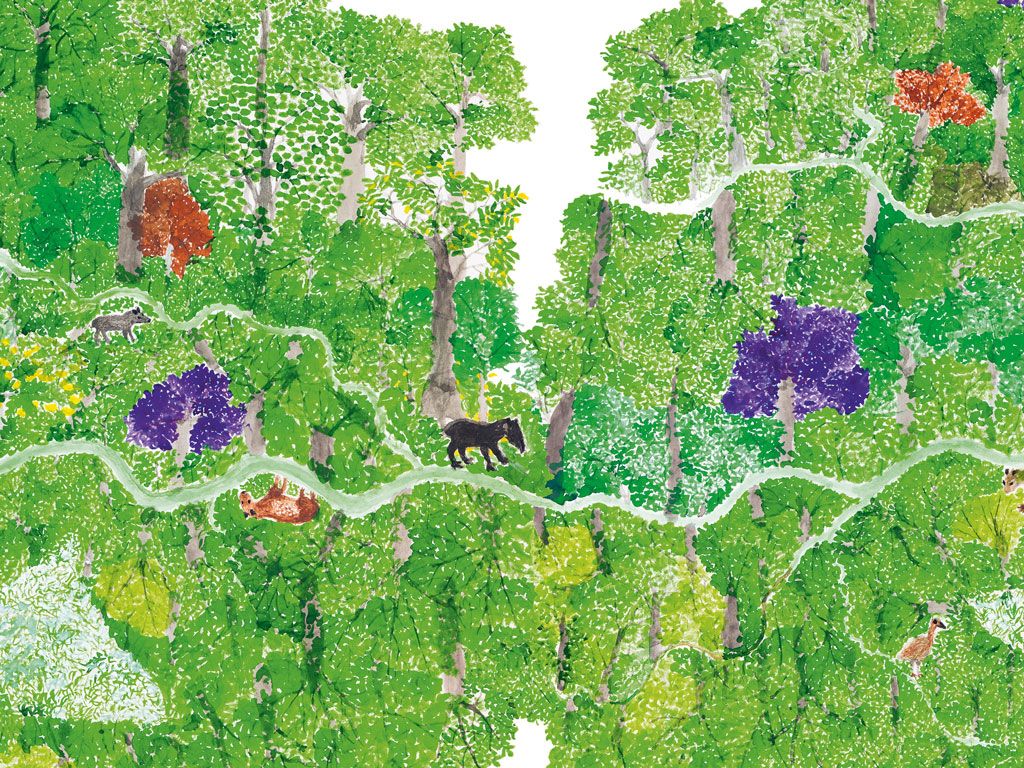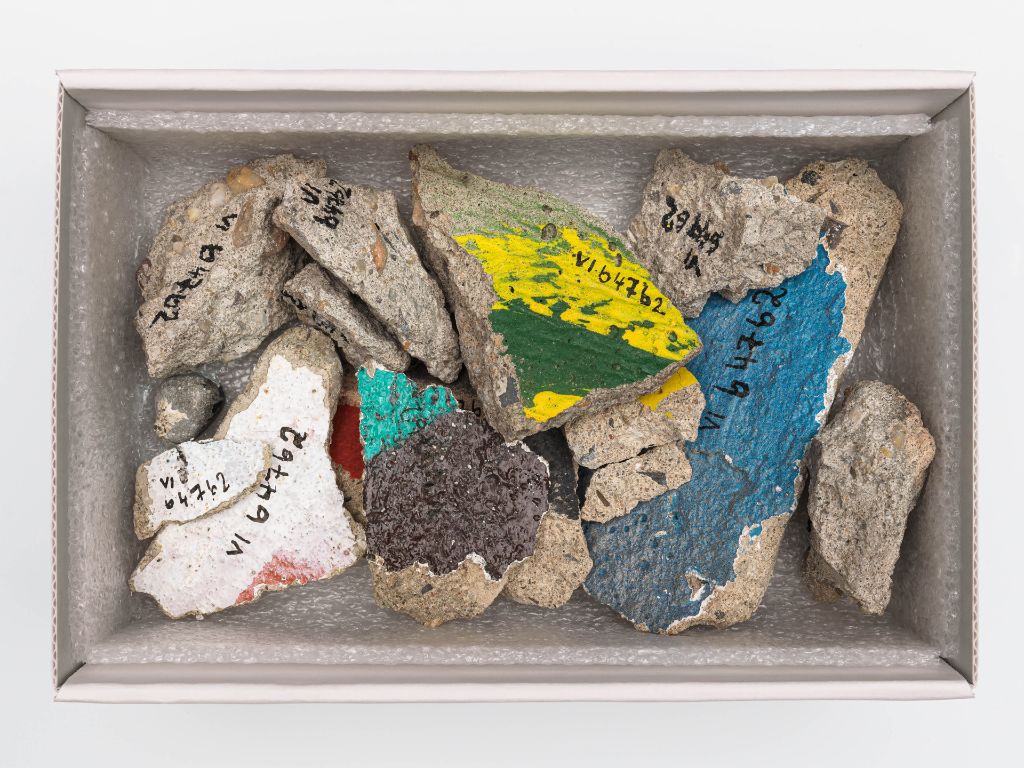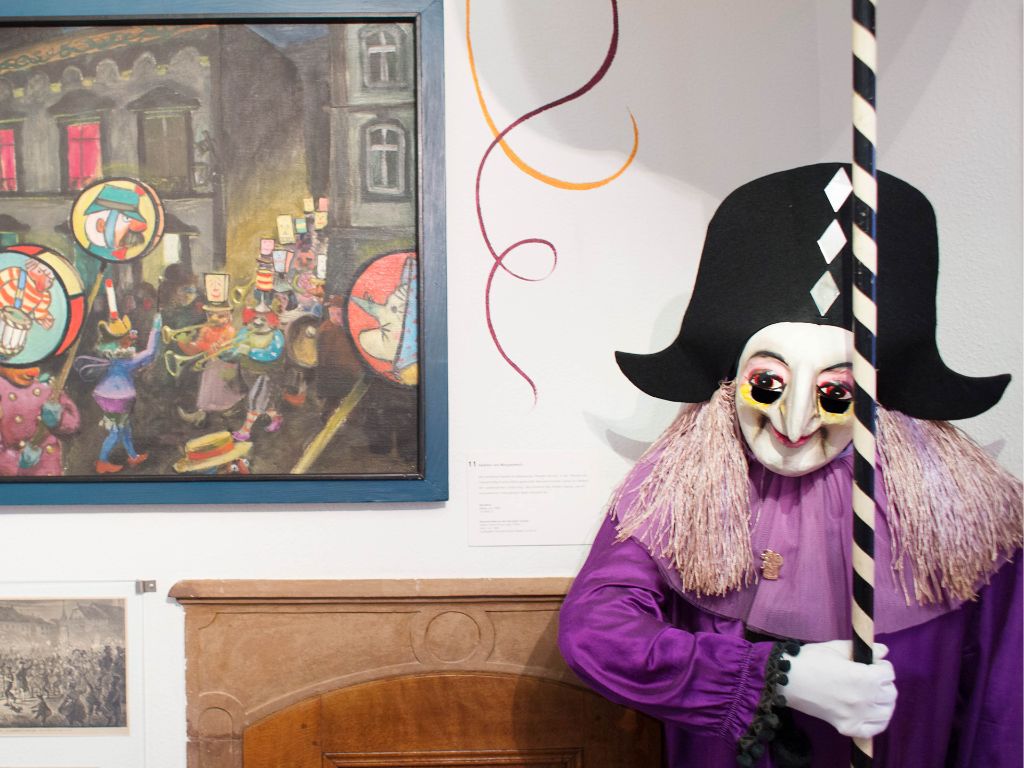From Patchwork to Enlightenment
The Buddhist Monk's Robe
22 August 2014 – 22 March 2015
In Japanese Buddhism, the monk's robe (kesa), pieced together from sundry patches, plays a significant role. Basically, the patchwork stands for the non-adherence to worldly things and for poverty. In Japan, the kesa is also regarded as a symbol of Buddhist teaching and is bestowed upon a pupil by his master to mark that he has gained full understanding of the teachings. The robe also played an important part in politics. It was given by the emperor to an abbot of a monastery as a sign of clerical power and brought with it a range of secular and fiscal privileges.
On display in the exhibition are Buddhist textiles and statues from the museum's collections supplemented by a few extraordinary loan pieces. The layers of meaning that the robe conveys reach from being a symbol of Buddhist teaching to representing the monastic ceremonial life, implying power and influence and constituting the foundation of contemplative practice.

.svg)


